Measurement principle and main application scenarios of gait measurement instrument
1. Measurement principle
Pressure sensing technology
Real-time capture of plantar pressure distribution through high-density pressure sensor arrays (such as piezoelectric and capacitive sensors), recording the center of gravity distribution during static standing and the pressure peak, transfer path and regional differences during dynamic walking. Typical devices include pressure plates or wearable insole sensors, which support sub-second dynamic data acquisition.
Motion capture technology
Adopt optical systems (such as infrared cameras, 3D laser scanning) or inertial sensors (IMU) to track kinematic parameters such as joint angles, step length, step frequency, and step speed during walking, and simultaneously record the biomechanical characteristics of the lower limbs. For example, infrared cameras can capture the knee flexion angle and hip adduction amplitude to assist in evaluating gait symmetry.
Video analysis and AI algorithms
Combined with high-speed cameras and computer vision technology, gait abnormalities (such as foot inversion and gait asymmetry) are automatically identified, and visual reports such as gait cycle heat maps and center of gravity trajectories (CoP) are generated through AI algorithms.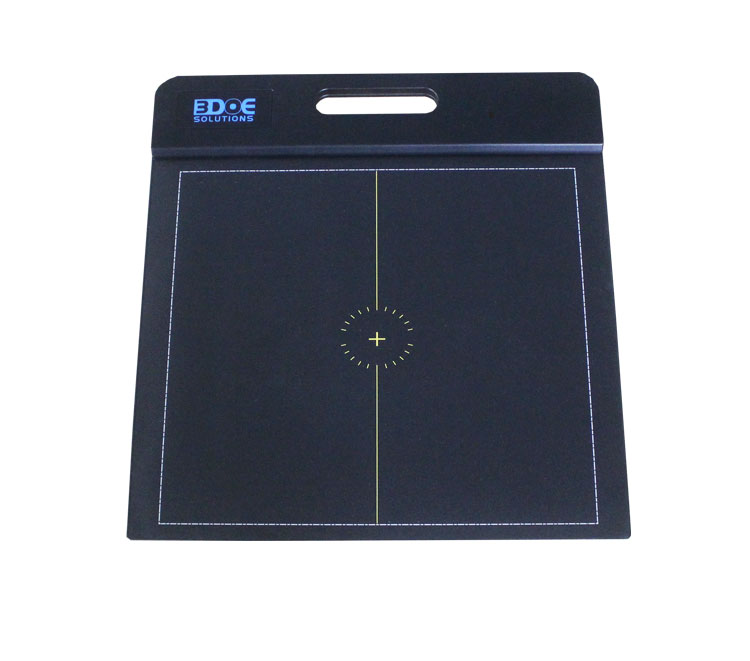
2. Main application scenarios
Medical diagnosis and disease management
Foot disease screening: Identify foot abnormalities such as flat feet, high arches, and plantar fasciitis, and quantify the degree of arch collapse and high-pressure areas on the sole of the foot.
Diabetic foot care: Monitor the pressure distribution on the soles of diabetic patients and warn of high-risk areas for foot ulcers.
Neurological disease assessment: Analyze the gait characteristics of patients with Parkinson's disease and stroke (such as slowed pace and shortened stride) to assist in formulating rehabilitation plans.
Rehabilitation treatment and orthopedic device design
Postoperative effect tracking: Compare preoperative and postoperative gait parameters (such as gait cycle and support time) to evaluate the effect of surgical intervention.
Personalized orthopedic insoles: Design 3D printed insoles based on foot pressure data to accurately match the arch support requirements and relieve the high-pressure load on the sole of the foot.
Prosthetic adaptation optimization: Optimize the prosthetic joint angle and pressure distribution in combination with dynamic gait data to improve wearing comfort.
Sports performance optimization and injury prevention
Sports injury analysis: Identify abnormal force patterns (such as excessive forefoot load) in running, jumping and other sports, and guide sports posture adjustment.
Athlete training optimization: Improve sports efficiency through parameter analysis such as step frequency and step length, such as stride optimization of sprinters.
Scientific research and biomechanical research
Gait database construction: Long-term tracking of gait characteristics of different groups of people (such as children and the elderly) to establish a biomechanical reference model.
Orthopedic equipment research and development: Verify the biomechanical correction effect of orthopedic shoes, braces and other products, and optimize product design

 +86-0755-86131192
+86-0755-86131192 2025-03-26
2025-03-26 Back to list
Back to list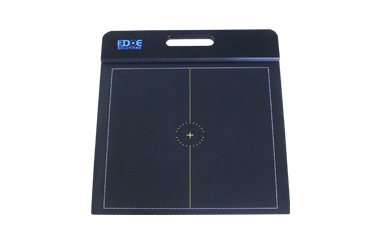
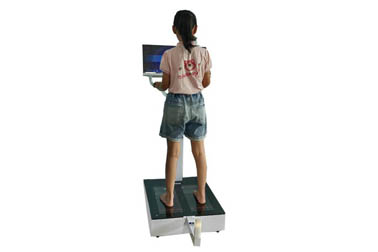
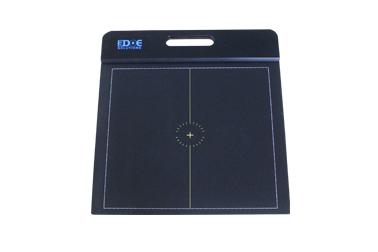
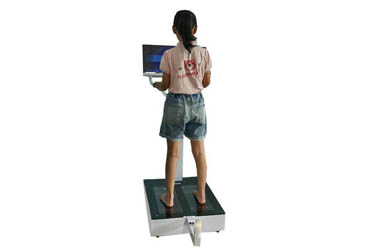
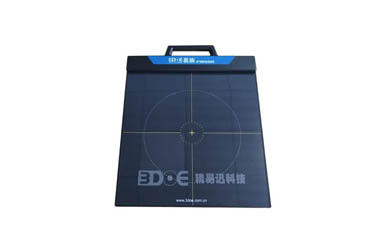
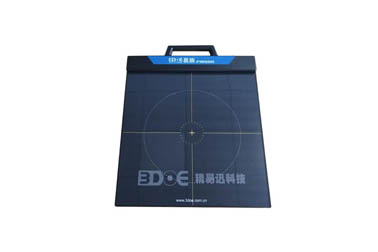



 +86-0755-86131192
+86-0755-86131192